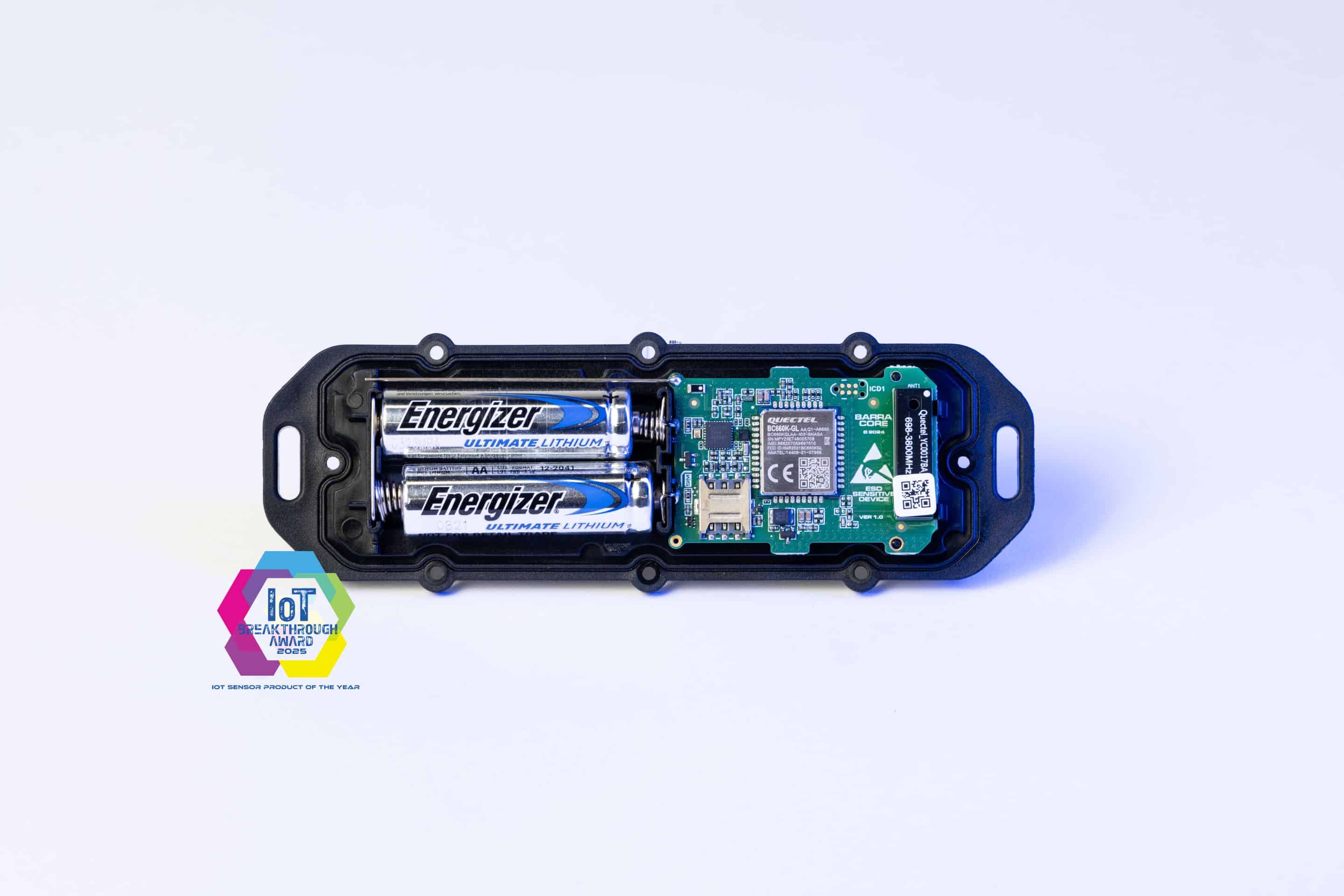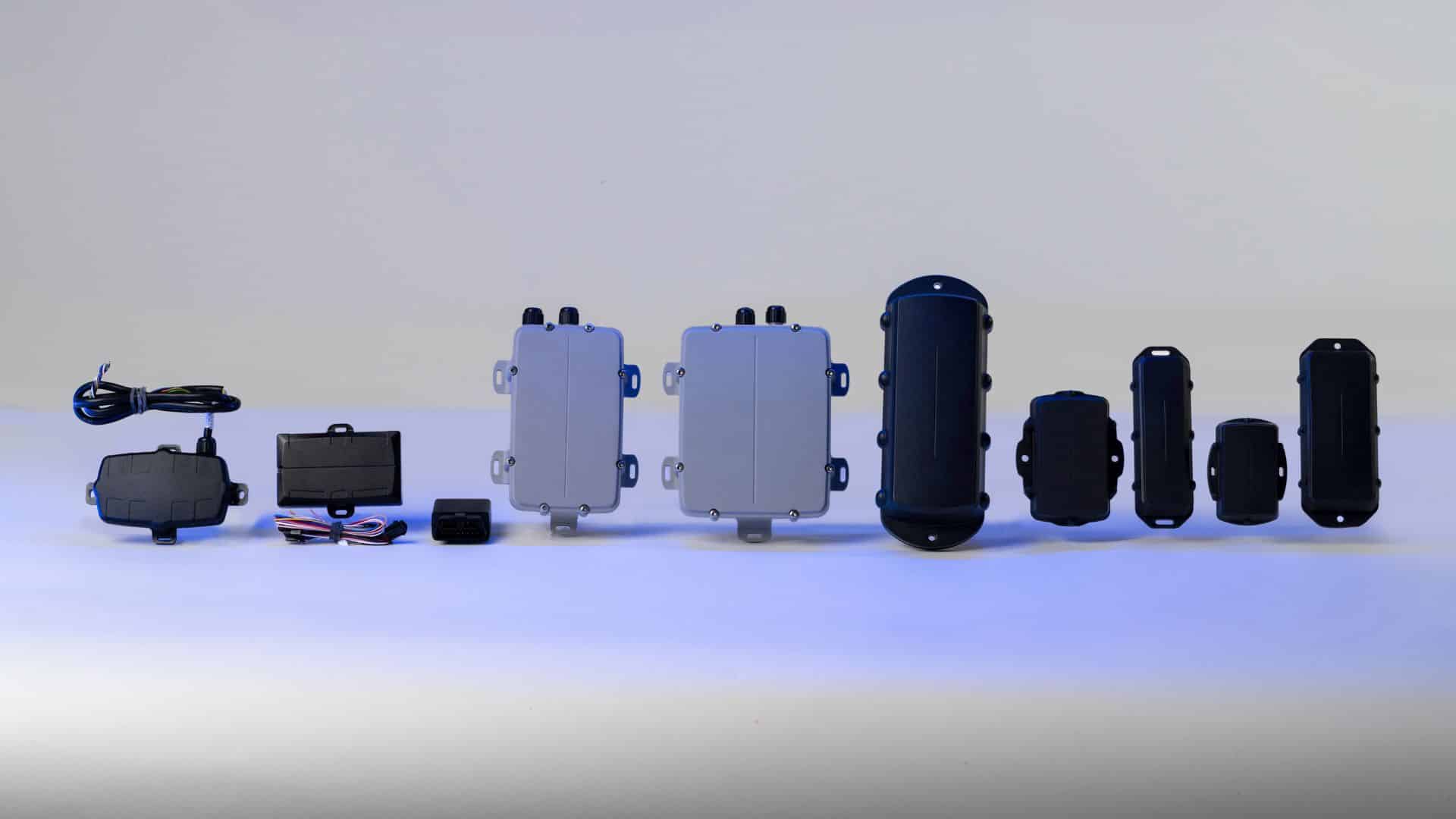Run Hour Monitoring

Our mission is to help businesses connect, protect, and derive more value from their assets. As a leading global innovator, developer, and supplier of IoT solutions, we drive continuous innovation to enable our partners to deploy confidently at scale worldwide.

Monitoring Asset Utilization with Run Hours and Odometer Readings
One of the key reasons to make use of telematics devices and software is for monitoring Run/Engine hours and odometer readings. This refers to the process of electronically tracking the time for which an asset is used and the distance that it travels. Typically, for equipment such as generators, excavators, or compactors that operate on a worksite and don’t travel long distances – we are interested in run hours. For fleet cars, trucks, or other vehicles – typically, odometer values are reported.
How are Run Hour and Odometer Values Tracked?
Our devices have a multitude of options that can be used to determine how often assets are being utilized.
Wired Ignition
Many devices have digital inputs, which can be wired directly to an ignition feed. This is the simplest and most reliable way to determine if the engine runs for powered devices. This is still not infallible, as if a vehicle engine is left running to warm up or due to lazy operators, additional hours can be logged.
This can be circumvented by wiring additional digital inputs to other parts of the system that are only on when the asset is truly in operation and not just idling. This also has the benefit of being able to detect idling – if the ignition is active and the GPS speed is below a threshold, we can say that the vehicle is idling. Engine hours will be recorded when the asset’s ignition is switched on and off.
Run Detect
If a device is connected to an external power source (e.g. vehicle battery), this voltage can be used to start and end a ‘trip’ or recording of run hours. This is handy as an option where an ignition feed is not accessible and lends itself to idle monitoring. This assumes that when the ignition is turned on, the alternator will lift the external voltage to charge the battery.
Note that this assumption does not always hold. Over time, voltage thresholds for ignition off/on may change as the battery ages – and new vehicle batteries are getting smarter. Often, they will turn off the alternator once it is detected the battery is charged.
GPS Movement-Based Tracking
Our devices will use their GPS receivers and 3-axis Accelerometers in tandem to determine movement. Small movements or bumps will be filtered out, and a trip will begin to log run hours, and distance traveled only once the device has crossed a configurable distance from its initial resting place. Learn more about Adaptive Tracking.
Accelerometer Based Tracking
Our battery-powered devices can also be configured to log run hours when accelerometer movement is detected. This is perfect for tracking run hours on stationary assets such as pumps that vibrate when in operation.
What are the Benefits of Monitoring Engine Hours and Tracking Odometer?
Run hour and odometer monitoring is only half the story. You will be able to find a multitude of devices on the market that can simply monitor an ignition input. Software packages such as Telematics Guru allow a complete fleet management solution for your assets since run-hour data can assist with:
Scheduled Maintenance Reminders
Telematics Guru’s SMR module takes the hassle out of maintaining a fleet of assets. Simply set a service interval based on a time frame, distance interval, or run hour interval, and TG will take care of the rest. Remind users before the task is due and generate an actionable job to conduct the service. Regular and preventative maintenance aids in keeping your fleet of assets running smoothly and minimize costly downtime.
Hire and Rental Equipment
Charge your customers based on hours of use or provide proof of unauthorized use outside of agreed-upon hours. Our devices can also record harsh acceleration and braking reports to detect abuse.
Asset Utilization
Maximize the potential of your fleet by ensuring that their use is optimized. Knowledge of the times an asset is in use can help to determine which are sitting in the yard unused, and what could be reallocated to other areas in the business.
Related News

Let’s Get Started
Submit the form to get in touch with a Digital Matter representative from your region.
Contact UsSubscribe
Get helpful content delivered straight to your inbox.
Let’s Get Started
Submit the form below to get in touch with a Digital Matter representative from your region.

Looking for support? Check out our knowledge base.

Information on becoming a Digital Matter Partner.

Information on pricing, availability, and proof of concept.

Guidance on selecting the right products for your application.






